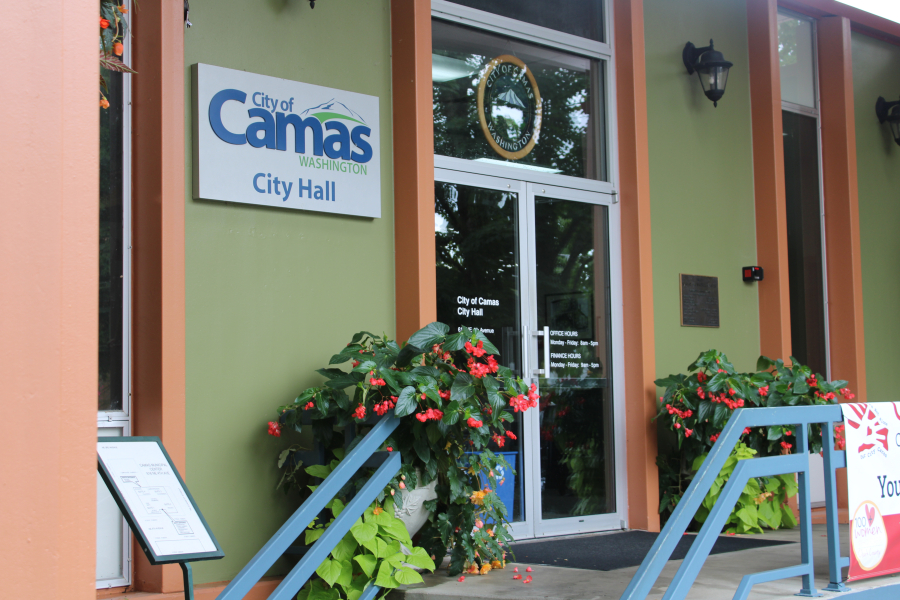Camas officials heard this month that ongoing efforts to evaluate the city’s water system for toxic “forever chemicals” and to design a treatment for Well 13, which has shown higher levels of the per- and polyfluoroalkyl substances (PFAS), will be more involved than officials may have anticipated.
“One of the early challenges the engineering team faced was to balance the need for a quick, near term response for treatment at Well 13, but also the development of a long-term treatment strategy for the primary lower wellfield water supply,” Camas Utilities Manager Rob Charles told Camas City Council officials in a Sept. 3 staff report. “The original scope of work attempted to anticipate the range of potential project needs; however, several data needs and opportunities for additional efficiencies have been identified during the initial phase of work.”
The Council is now considering approving a $294,715 amendment to the City’s original $1.61 million contract with Carollo Engineering to design a Well 13 PFAS-removal treatment and investigate the water system for PFAS vulnerabilities.
“The ($1.61 million contract) was for design and evaluation of the lower wellfield and treatment at Well 13,” Charles told Council members during their Sept. 3 workshop, adding that City staff and its consultants are hoping to balance the City’s short-term PFAS treatment needs at Well 13 with the long-term strategies needed to ward off PFAS issues in the future.
Once the City implements its Well 13 treatment, Charles said, it will “lose 15 to 20 percent capacity,” as running the water through a PFAS filter will impact the amount of water the City can get from that particular well.





